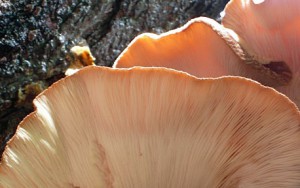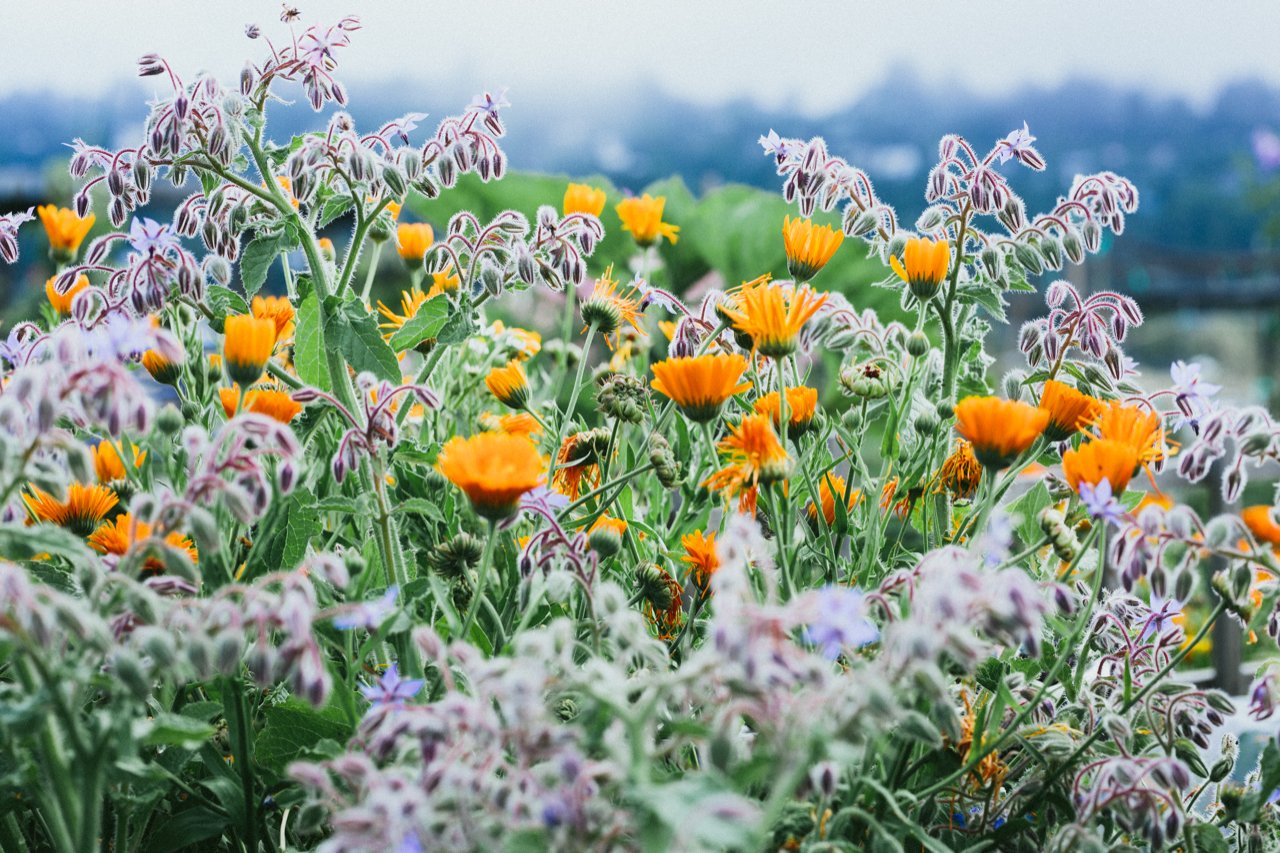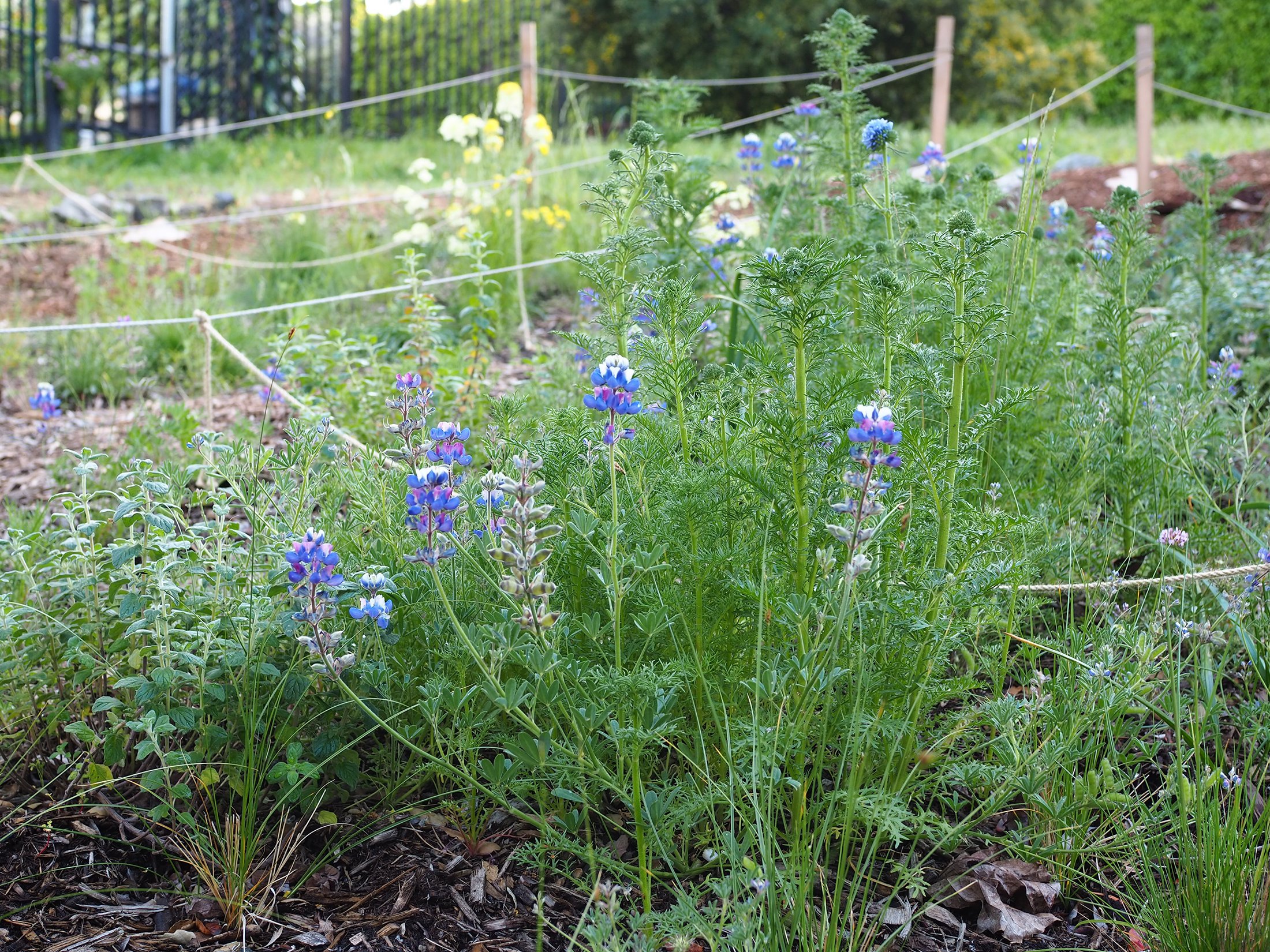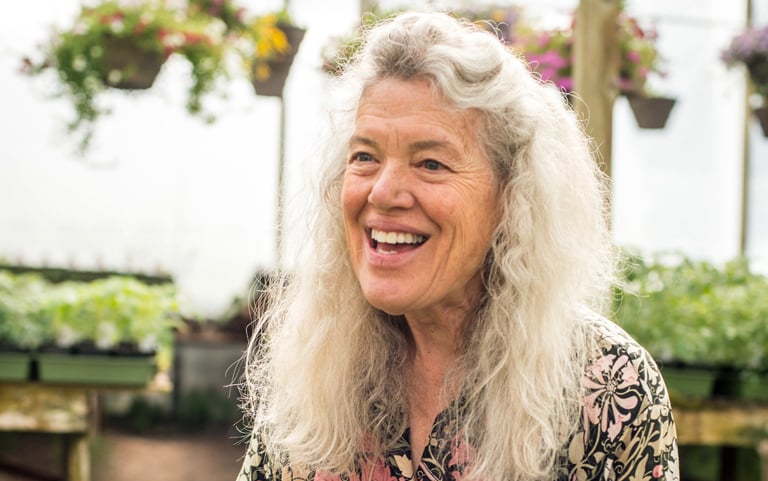
Seasonal Bounty

Contributor
- Topics: Plants You Need, Test Paywall
The following is a delicious addendum to Relishing the Light, a story that ran in the July 2011 issue of Pacific Horticulture, an intimate portrait of a passionate, personality-infused landscape tended by artist/collector Dexter Cannon and his wife Lee Hendrix, by author Emily Hoffs. Hoffs’ description of a Southern California garden abundantly filled with agave, cactus, and durable, drought-tolerant natives staged among sandstone cliffs, gravel, salvaged materials, and metal art contained the following unlikely morsel:

Fungus Grotto
Behind the patio, Cannon grows mushrooms at the bottom of a mountain grotto, framed by guavas on one side and the fantastic outcropping of multilayered Modelo shale on the other. The cooling shade of old growth oaks and the swale of the canyon makes this the best natural environment to grow mushrooms in Southern California, says Cannon, who had grown mushrooms as a boy in Pennsylvania. He began by locating fourteen oak, ash, and walnut logs, which he cut into four-foot lengths. He arranged them vertically on wood chips in the grotto. Next, he bored about seventy holes in each log, spacing them three to four inches apart, inserted mushroom spores in each hole, and covered them with beeswax …
After years of tinkering with various methods, seasonal adaptations, preferred host media, and watering schedules, Cannon is finally savoring his success. The lusty crop of shitake mushrooms pictured here affirms “the most important objective is reached – proof of viability in concept and product.” Here, in his own words:

[pullquote]Against the odds,
And perhaps the Gods as well[/pullquote]
“Albeit unlikely, these cool/damp loving Shiitakes (Lentinula edodes) have flourished and grown to larger than grocery store size in the arid, semi-desert of zone 20/21, on a mountainside in Los Angeles. In fact, the mushrooms depicted here, in their dramatically staggered tiers of abundance, are the third “flush,” or yield, and at over nine inches across exceed their predecessors in size.
The success–such as it is after four years trying–is the result of my efforts to perfect a water delivery system necessary to maintain minimum humidity levels. I found that carefully tuned and positioned bubblers set atop propagation logs, of oak and others woods, supplied a steady slick of wetness that finally did the trick. The birds love it too.
Also significant is the location in the landscape. The logs are strategically situated at the base of our canyon wall which provides lower than normal ambient temperatures and complete protection from sun. I am still awaiting the bloom of several other mushroom species whose “gestation” and “flush” requirements differ.”
Having harvested the yield of his experiment, Cannon concludes:
“Next time the first crop yield could be much earlier since I now know what optimal treatment conditions actually are, and with this success I will continue anew with fresh logs of oak — in volume.”
Share:
Social Media
Garden Futurist Podcast
Most Popular
Videos
Topics
Related Posts

January Showers Bring February flowers…
Fall 2022 It may not quite have the same ring to it as the old English proverb, but it has a lot more truth to

Healing Gardens
Spring 2022 Emily Murphy believes gardens hold the key to saving our health, our communities, and our planet. In her new book Grow Now Murphy

Your Keystone Plant Matrix with Garden Futurist Doug Tallamy
Spring 2022 Listen to the full Garden Futurist: Episode XIV podcast here. If you take Keystone plants out of your local food web, the food

A Botanical Force
Inside one of the many greenhouses at Log House Plants, which offers more than 2,500 varieties of annuals, perennials, vegetables and herbs each year, including










Responses